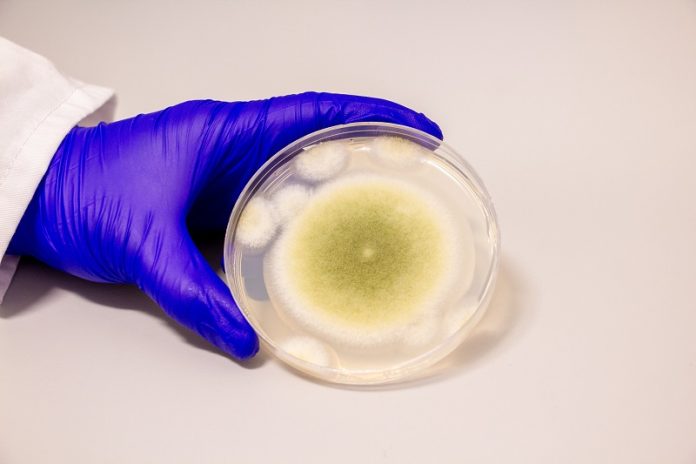
A fungus once feared for causing deadly infections in ancient tombs is now offering new hope in the fight against cancer.
Researchers from the University of Pennsylvania have discovered powerful anti-cancer compounds in Aspergillus flavus, a toxic fungus that has been linked to mysterious deaths during archaeological digs.
The fungus gained a sinister reputation after reports of sudden deaths among archaeologists who entered King Tutankhamun’s tomb in the 1920s.
Similar incidents occurred in the 1970s when scientists entered another ancient tomb in Poland—most of them died within weeks.
Later studies suggested that spores of A. flavus, which can cause serious lung infections, might have been the real cause.
Now, that same fungus is being studied for a much more positive reason. Led by Professor Sherry Gao, the Penn research team has found a new group of cancer-fighting compounds produced by A. flavus.
These molecules, called RiPPs (short for “ribosomally synthesized and post-translationally modified peptides”), are rare in fungi and had gone unnoticed until recently. The team identified a special version of these RiPPs, which they named “asperigimycins,” after the fungus.
To find them, the scientists studied different strains of Aspergillus and used a combination of genetic and chemical analysis to track the source of the active compounds.
They discovered that when certain genes in the fungus were turned off, the cancer-killing molecules disappeared—confirming their origin.
Once isolated, the asperigimycins showed promising results in lab tests against leukemia cells. Some worked well without any changes, while one version—modified with a lipid molecule from royal jelly (the substance that feeds bee larvae)—was as effective as two commonly used chemotherapy drugs.
The key to this success was a human gene called SLC46A3, which acts like a cellular gateway, helping the compound enter cancer cells.
These new molecules seem to stop cancer cells from dividing by interfering with microtubules, which are essential for cell growth.
Interestingly, asperigimycins didn’t harm breast, liver, or lung cancer cells—or bacteria and fungi—suggesting they may target leukemia cells specifically. That selectivity is important in developing safe and effective treatments.
The team is now planning to test asperigimycins in animals, with hopes of moving to human trials in the future.
They also believe more powerful compounds may be hidden in other fungi. As Professor Gao puts it, “Nature has given us this incredible pharmacy.
It’s up to us to uncover its secrets and turn them into cures.”
If you care about cancer, please read studies about how to fight cancer with these anti-cancer superfoods ,and a berry that can prevent cancer, diabetes and obesity.
For more health information, please see recent studies about how to harness the power of anti-cancer foods and supplements, and cancer-fighting foods and recipes.



